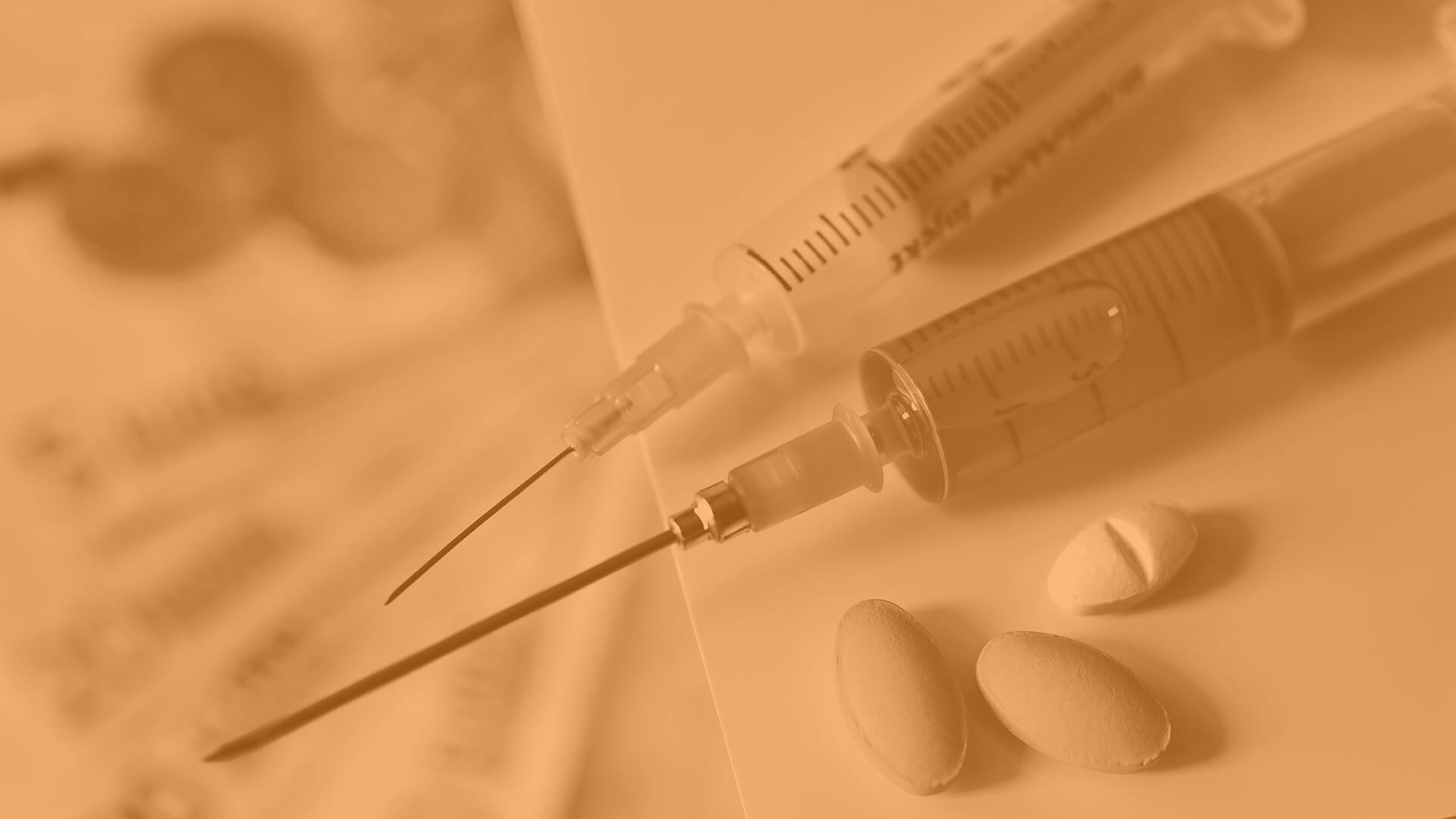Liquid vs. Pill Disposal of Controlled Substances

Regardless of the format of the controlled substance, the same rules and regulations apply when it comes to compliant waste disposal. Beyond strict compliance, destroying unused controlled substances is an effective method in reducing and preventing drug diversion in a pharmacy or medical facility.
Secure a Drug is an easy-to-implement solution for the safe disposal of pharmaceuticals in pill, patch, or liquid form. The process is especially beneficial for facilities that don’t have access to daily or weekly pharmaceutical waste pickup and transport off-site or availability of timely drug return processes with drug manufacturers.
How does Secure a Drug controlled substances work for pills versus liquid disposal?
Secure a Drug containers come in a variety of sizes and shapes, with brackets for mounting. The process is quite simple. Containers arrive with a ready-to-use carbon formula that renders controlled substances as non-retrievable. The containers also provide a fill level indicator, and the bracket has a locking mechanism to prevent the containers from being moved prior to pick up and disposal. Both solid and liquid medications can go into Secure a Drug, but there are some important best practices to follow for both.
Disposing of Pills
Secure a Drug is an easy way to dispose of unused or expired controlled substance medications in pill, tablet, or capsule form. The system does not require crushing, cutting, or pulling apart pills or capsules prior to disposal; however, they must be removed from their packaging. The pills, tablets, or capsules are simply discarded into the container. From there, the activated carbon solution inside the container dissolves and effectively neutralizes those drugs, rendering them non-retrievable.
Disposing of Liquids
In addition to pills or tablets, Secure a Drug is designed to effectively neutralize liquid medicines such as those of injectable syringe medications, without requiring a separate container or activated carbon formula.
Just like pill disposal, it’s a simple three-step process –open, dispose, and close. And, just as with solid disposal, it’s critical to ensure that the substance itself comes into contact with the activated carbon formula. Simply dropping a vial into the container will not be effective; the liquid must be administered into the container to ensure proper destruction of the substance.
What to do When Containers are Full
When Secure a Drug containers reach their fill level, they should be closed and locked for final disposal. If the substances within are all considered non-hazardous, then the Secure a Drug container itself can be placed into a non-hazardous disposal container, such as Pharmasmart, to be picked up by a waste management vendor.
If any of the controlled substances disposed into Secure a Drug are considered hazardous, then the full contents of the container must follow hazardous waste disposal procedures. It is important to review your facility’s formulary to have a clear picture of not just what is a controlled substance, but what medications are hazardous as well.
It is important to note that to date, the DEA recommends that all full controlled substance containers be treated by incineration.
Safety Always Comes First
Secure a Drug products are a cost-effective method that can be used in any healthcare facility in an effort to reduce the risk of drug diversion and ensure compliance with federal and state guidelines regarding controlled substance waste disposal processes. When disposing of such drugs, don’t simply guess. For additional information about Secure a Drug products or services, contact one of our knowledgeable representatives today.

